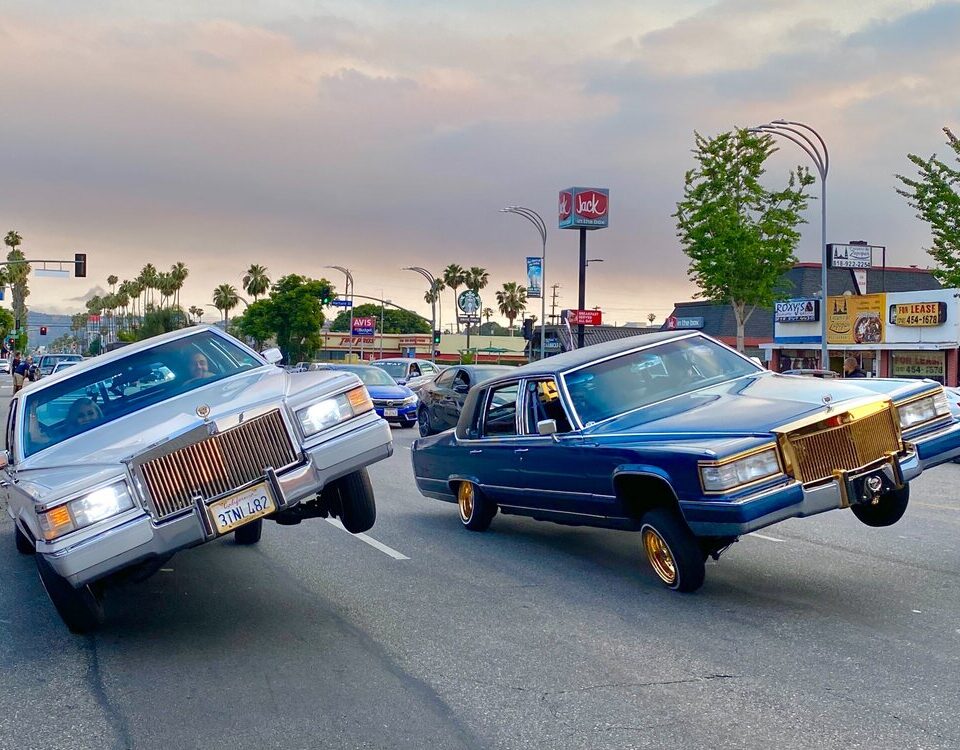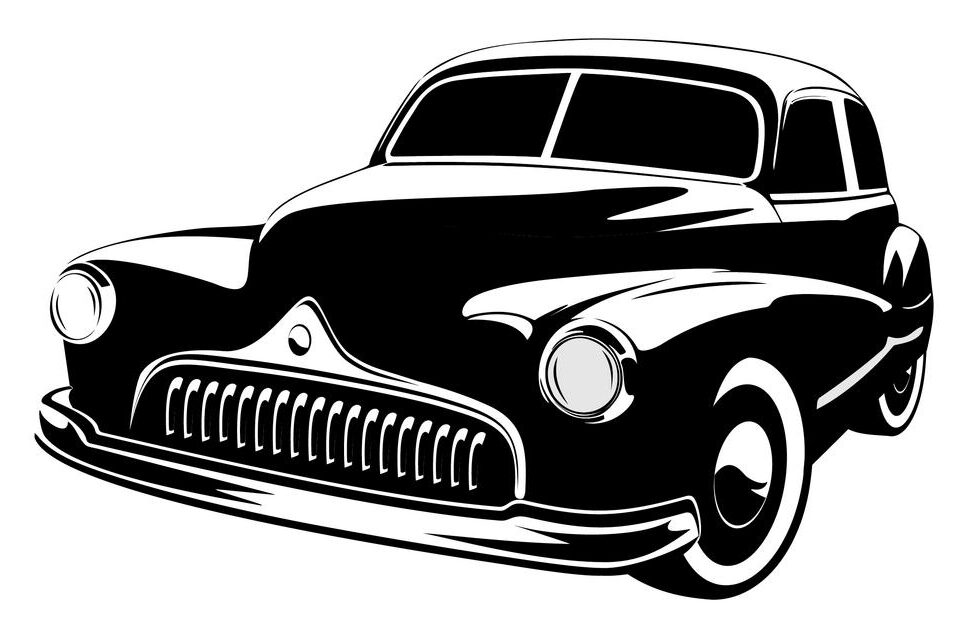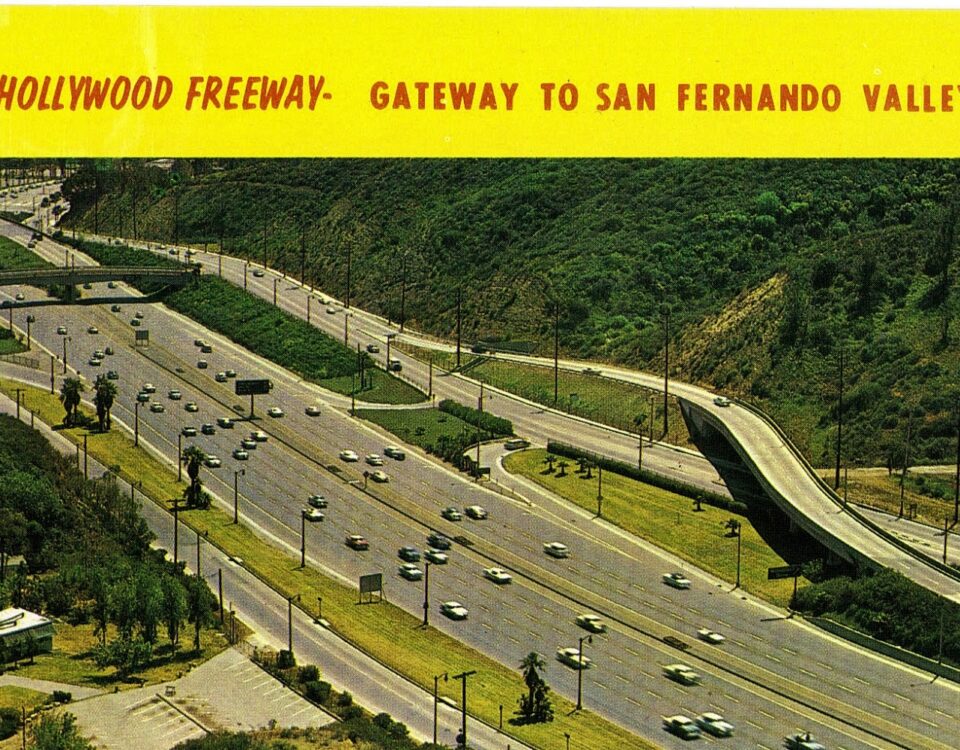July 5, 2022
Published by Siddhant on July 5, 2022
Categories
The Backyard of L.A. The Treaty of Cahuenga, ending the Mexican–American War fighting in Alta California, was signed in 1847 by Californios and Americans at Campo […]
June 8, 2022
Published by Siddhant on June 8, 2022
Categories
There’s an old joke. An old Jewish couple tell their children they’re moving back to the old country: Oh! Is it nice? Nice? NICE? As a […]
June 7, 2022
Published by Siddhant on June 7, 2022
Categories
The San Fernando Valley is made up of over four dozen communities. Some of them are cities, some are enclaves. And some of them are simply […]
May 28, 2019
Published by Siddhant on May 28, 2019
Categories
Seems everyone these days has something to sell. After all, this is the Valley. Whether it’s a screenplay or a headshot, everyone’s got something under their […]
May 15, 2019
Published by Siddhant on May 15, 2019
Categories
Southern Californian Car Tradition Jump Starts Again In George Lucas’s 1973 classic film American Graffiti, Richard Dryfuss’ character Curt is crusin’ with Ron Howard and […]
April 19, 2019
Published by Siddhant on April 19, 2019
Categories
Call Now (818) 745-9445
July 20, 2017
July 20, 2017
Published by Siddhant on July 20, 2017
Categories
Studio City Multi-Tasking Geniuses I remember when multi-tasking while driving was considered changing CD’s. No wait. Let’s be honest. Cassette tapes. Okay, 8-track. Compared to today’s […]
May 24, 2017
Your Personal Soundtrack If you’re like me, you worry about everything. Especially when it comes to your car. Living in a city like Los Angeles, you’re […]
May 22, 2017
Published by Siddhant on May 22, 2017
Categories
The other side of the hill I grew up in Beverly Hills. The “poor” section between Wilshire and Olympic. We were so poor I only had […]










